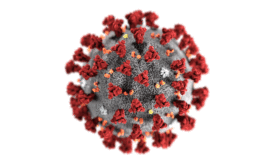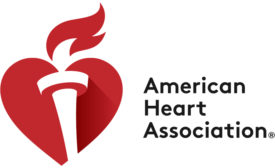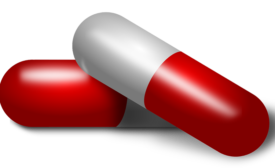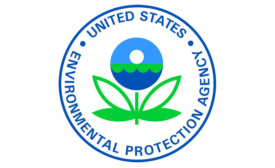Workplace Health
A NIOSH Science Blog post
Are there nano- and microplastics in the workplace?
February 21, 2020
Study IDs states with highest rates of melanoma due to UV radiation
Several landlocked states among those with highest rates
February 19, 2020
Never miss the latest news and trends driving the safety industry
eNewsletter | Website | eMagazine
JOIN TODAYCopyright ©2024. All Rights Reserved BNP Media.
Design, CMS, Hosting & Web Development :: ePublishing









